Marshall develops of the powers of the U.S. Supreme Court
One
part of the Federalist heritage that the Republicans could not undo was
the Supreme Court and its various Federalist appointees by Adams, most
notably the U.S. Supreme Court Chief Justice John Marshall. Marshall
was a strong Federalist, unlike most of the rest of his fellow
Virginians, who tended to be Jeffersonian Republicans. He had declined
Washington's offers of being a part of his Administration (turning down
the offer first to be the nation's attorney general and then ambassador
to France) and even Adams' first attempt to nominate him to the Supreme
Court. But considered one of the most brilliant lawyers of his days, he
was again nominated to the Supreme Court as its chief justice in Adam's
frantic effort to put Federalists in office before the Republicans took
control of both houses of Congress and the White House in early 1801.
This time Marshall accepted the offer.
Jefferson and the Republicans were furious about
the Federalist judiciary, especially by the way the
Federalist-dominated courts had treated Republicans under the ill-fated
Alien and Sedition Acts, and were determined to clean the courts of the
midnight judges. Jefferson's secretary of state, Madison, refused to
sign the commission of the Federalist William Marbury, a commission
appointing Marbury as justice of the peace in Washington D.C. Marbury
sued Madison, bringing before Marshall's Supreme Court the famous case
of Marbury v. Madison (1803).
But ultimately Marbury lost the case, due to
Marshall's questioning about who exactly had the right to bring this
case before the Supreme Court. In theory Marbury had a right to his
appointment. But it was done under a law, the Judiciary Act of 1789,
that supposedly gave Marbury that right to bring the case directly to
the Supreme Court. But Marshall argued that the Constitution itself
permits original jurisdiction for the Supreme Court only to foreign
policy issues or state issues. Marbury's case involved neither factor,
despite what the 1789 law seemed to authorize. In fact, the 1789 law of
Congress was invalid, because it was "unconstitutional." Thus Marbury
had no right under the Constitution to proceed as he had.
In one short stroke, Marshall had just accorded to
the Supreme Court the power to decide what laws of Congress were and
were not constitutional. Though the Constitution itself mentioned no
such power belonging to the Supreme Court, Marshall's decision was not
contested. At the time, it seemed like a win to the Republicans. But
the Republicans did not see that the principle underlying Marshall's
decision laid the groundwork for the Supreme Court to continue to move
down this road of making itself the ultimate decider in the land as to
what was law and what was not, or worse, how the law might be better
interpreted by progressive judges.
For the next three decades Marshall and the
Supreme Court rendered various decisions which further strengthened not
only the voice of the Supreme Court, but also the supremacy of the
Washington, D.C., government over the various state governments. For
instance, in the Fletcher v. Peck (1810) decision, Marshall's
Supreme Court affirmed that federal authority took precedence over the
laws of the individual states. In McCulloch v. Maryland (1819), his court denied the rights of the states to tax federal agencies (in this case the Bank of the U.S.). In Cohens v. Virginia (1821) Marshall declared that the Supreme Court had review powers over the decisions of the state courts.
The larger implications of Marshall's legal inventiveness
In his 34 years of Supreme Court service (1801-1835), he turned this
panel of judges into something more akin to true legislators, revising
the law of the land at will. Not only did his court pass judgment
on legal contests that inevitably arise from applying the law in
particular cases (the traditional role of English judges) ... he
actually went well beyond that in deciding how such laws should be
interpreted or even be reinterpreted ... or even be set aside as
"unconstitutional" – according to his own personal Federalist political
instincts. But these could be almost anything he deemed as
"reasonable." Thus slowly he was reshaping Constitutional Law so
as to make it conform to the logic or reason of a small group of
jurists who happened to be sitting on the bench – actually only a
simple majority among them being required for a wide-sweeping decision.
And there was no built-in "check" on such enormous power.
Justices, once appointed, served for life – not subject to any
subsequent elections or renewals of their appointments by the world
other than their deaths (or voluntary retirement) itself. Tragically,
the Framers of the Constitution did not see this power-expansion coming.
No such power as the Supreme Court assumed for itself was actually
ever assigned by the Constitution. And the English political tradition
that the Framers thought they were working with had no such grants of
political power assigned to their judges. This political expansion was
all a result of Marshall's personal creativity.
Wow! Lawyers in black robes! But what else did anyone think was
likely to occur if nothing was said or noticed at the time.
In any case, this single judicial appointment would establish a
political path that would slowly make the Supreme Court, not Congress,
the supreme legislative body of the land

 Jefferson begins the reign of the Democratic-Republicans
Jefferson begins the reign of the Democratic-Republicans The war with the Barbary pirates at "the shores of Tripoli"
The war with the Barbary pirates at "the shores of Tripoli" The Louisiana Purchase ... and the follow-up expeditions
The Louisiana Purchase ... and the follow-up expeditions Hamilton vs. Burr
Hamilton vs. Burr  Marshall develops considerably the powers of the Supreme Court
Marshall develops considerably the powers of the Supreme Court America is introduced to the Industrial Revolution
America is introduced to the Industrial Revolution




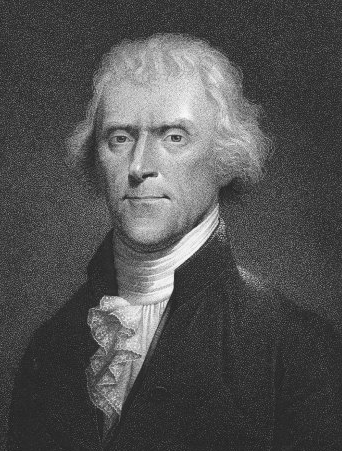
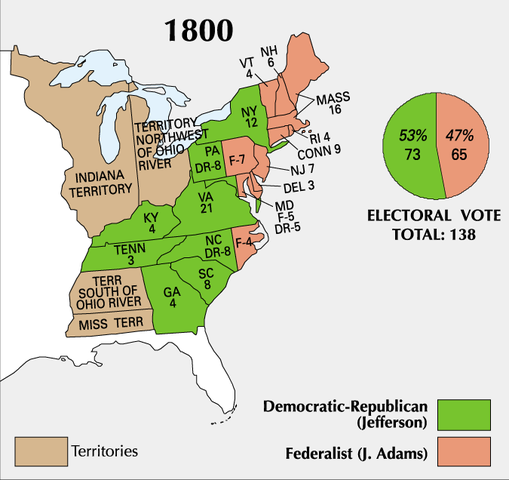 Presidential election of
1800 – electoral votes
Presidential election of
1800 – electoral votes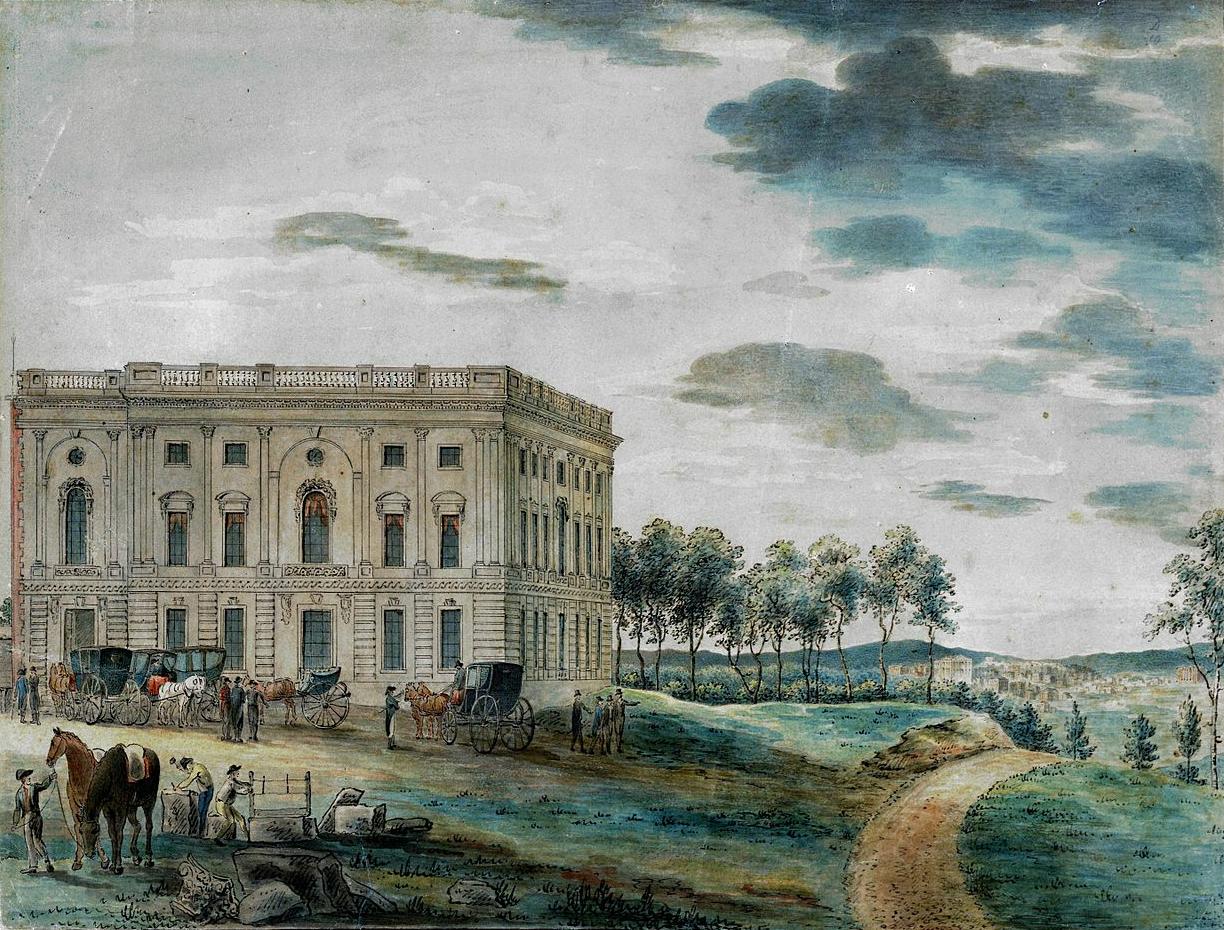
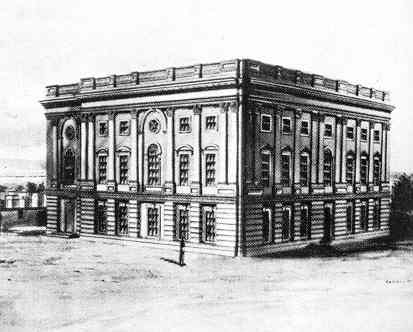
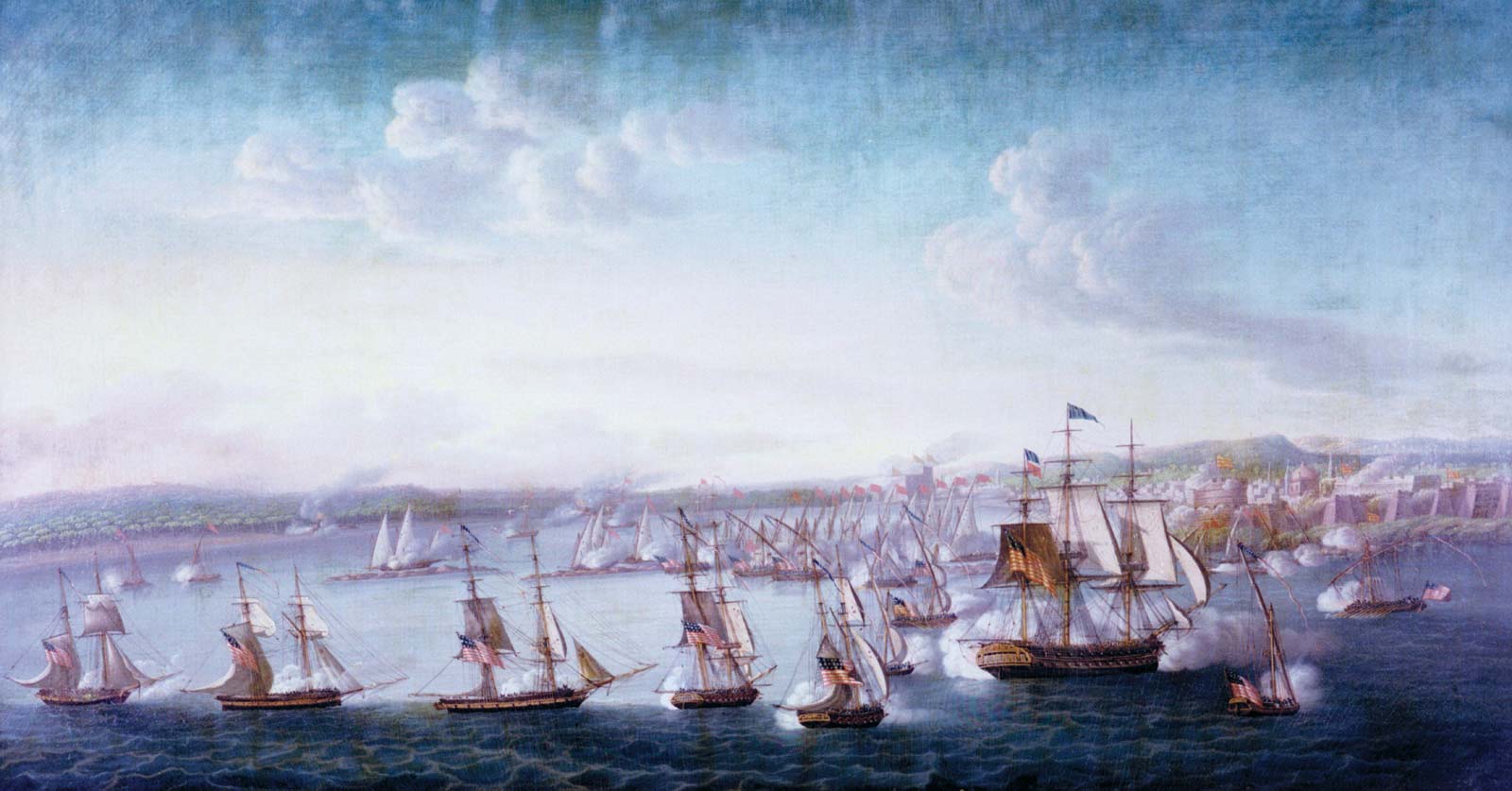
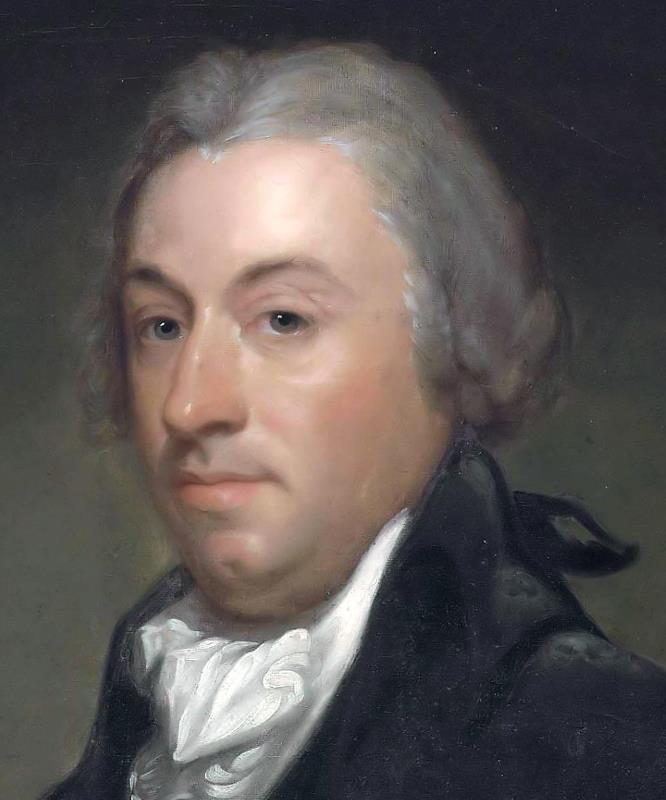
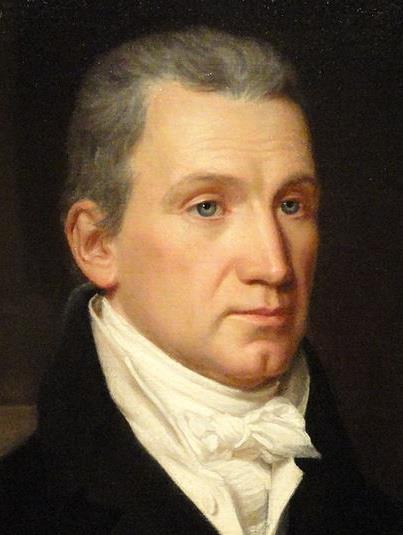
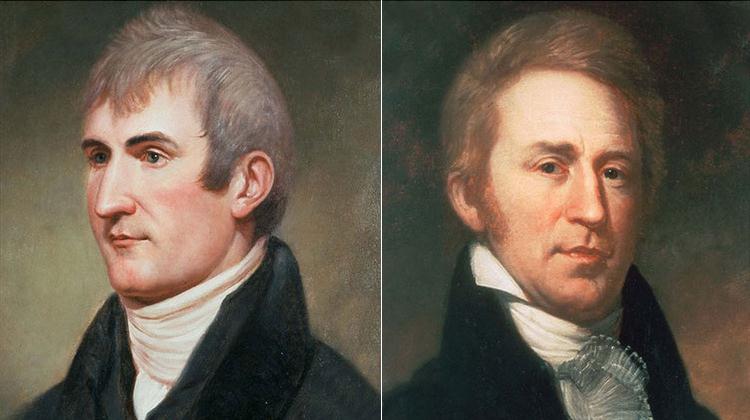
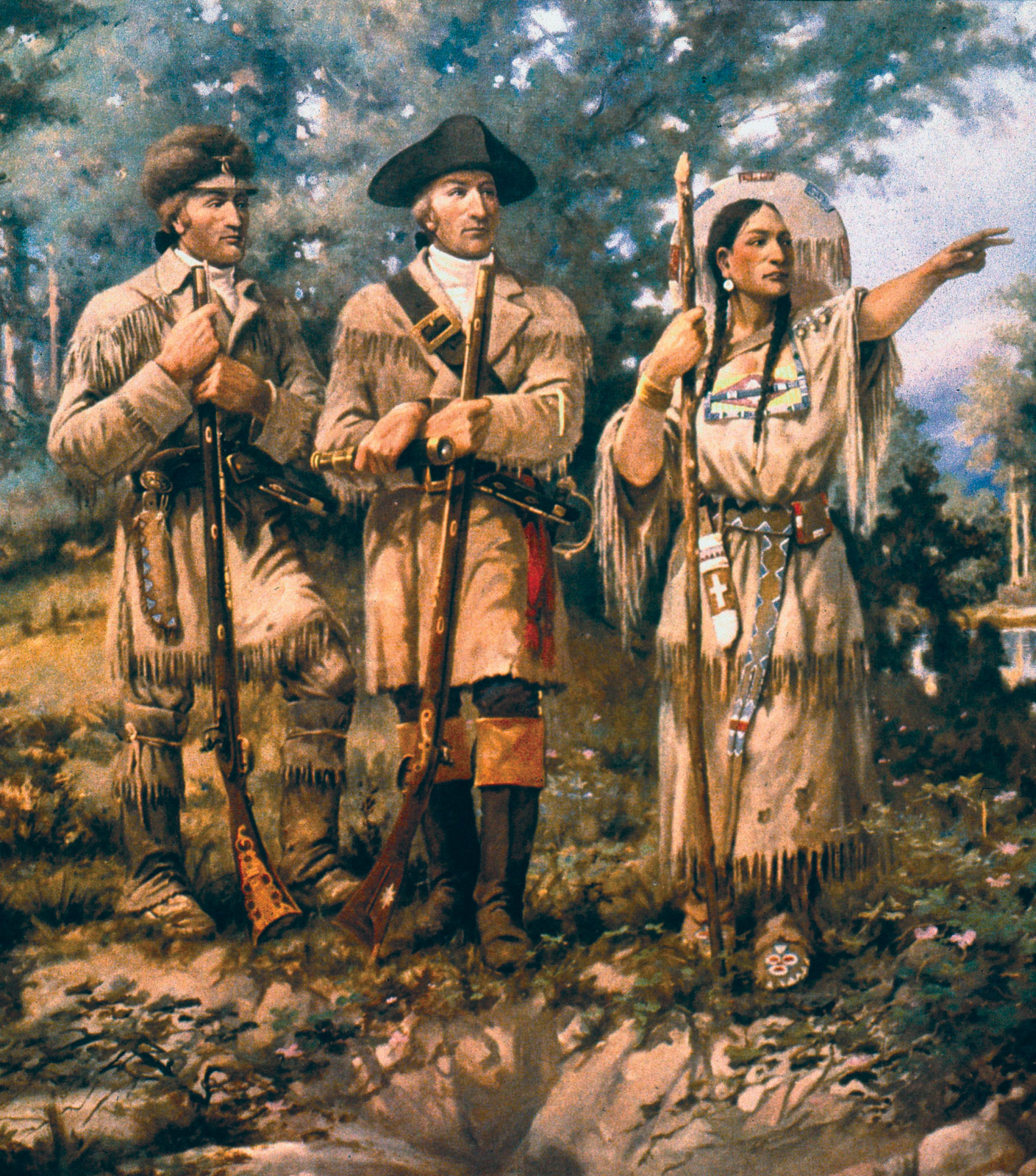
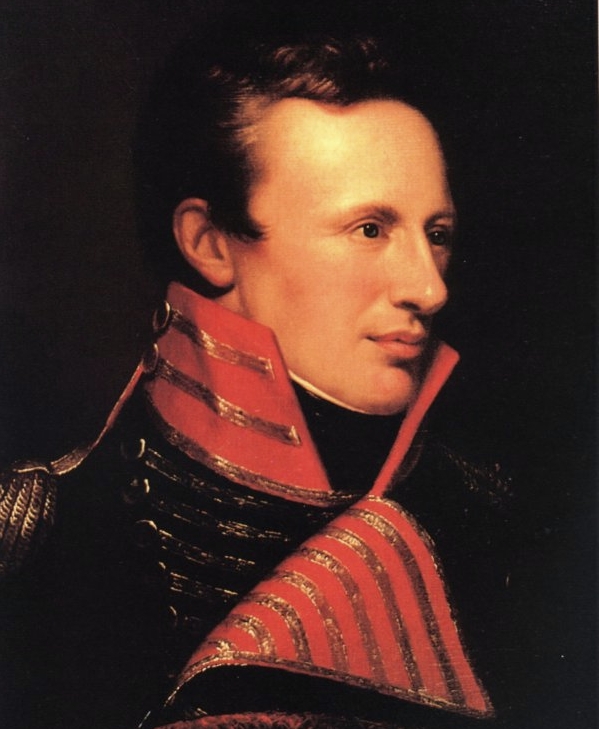
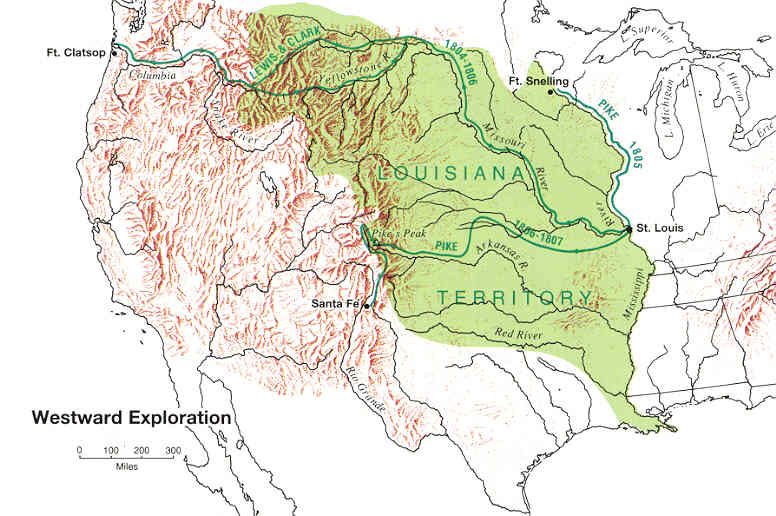
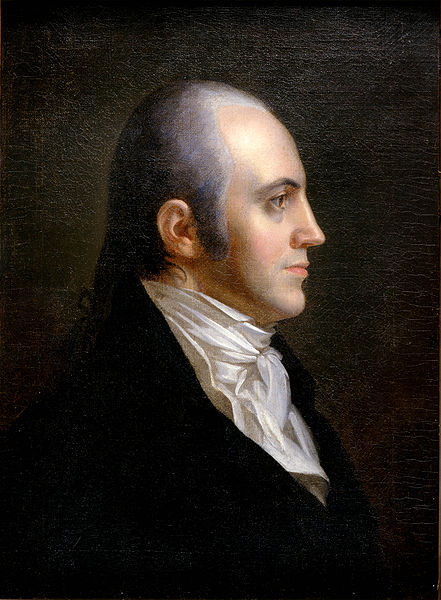
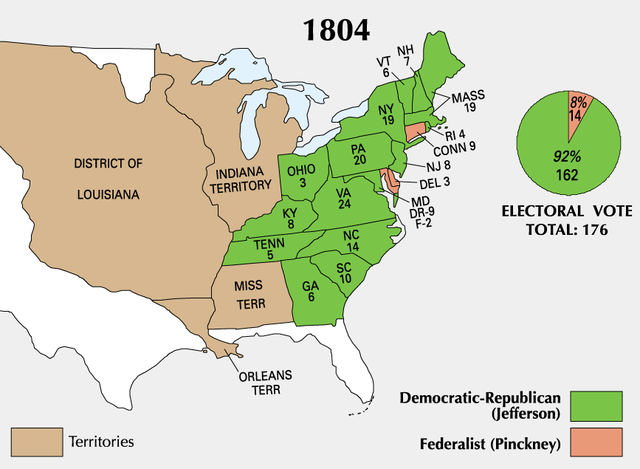
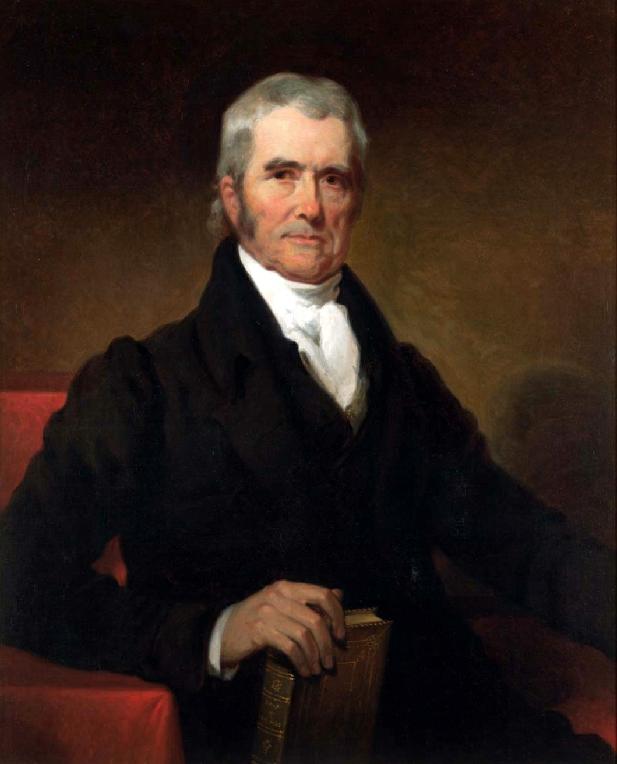
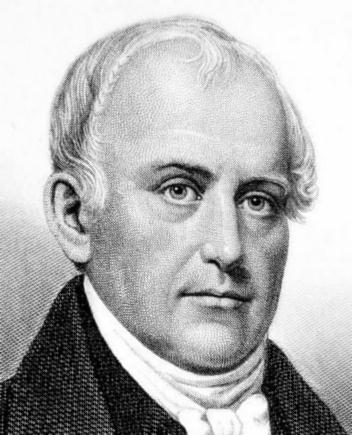
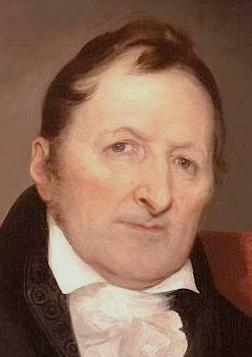
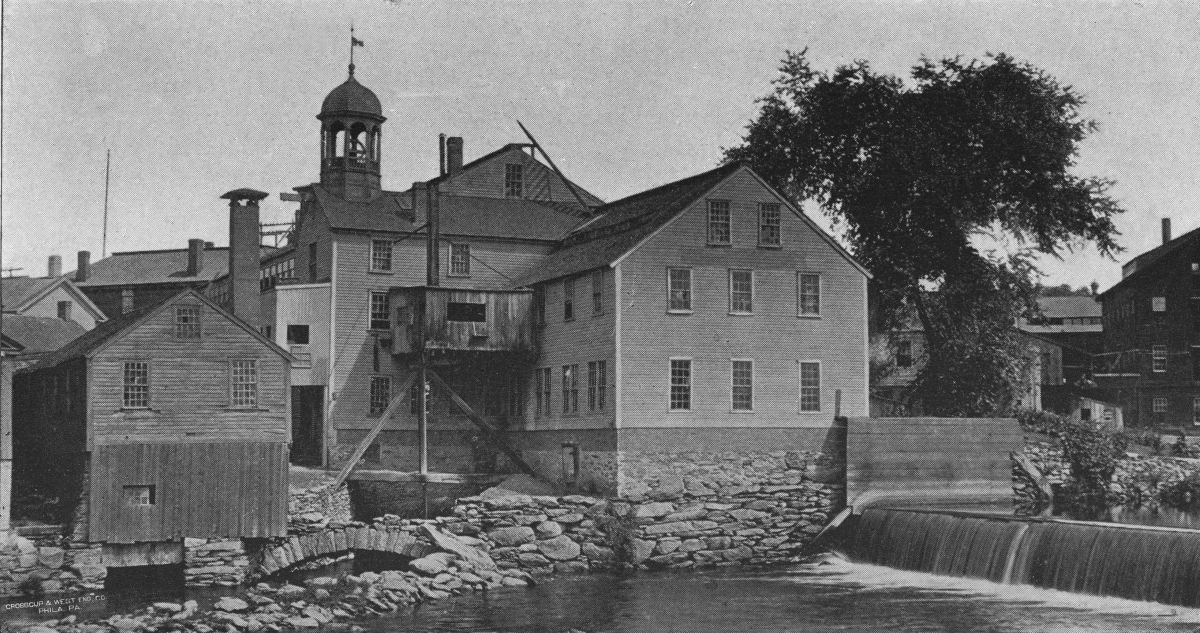
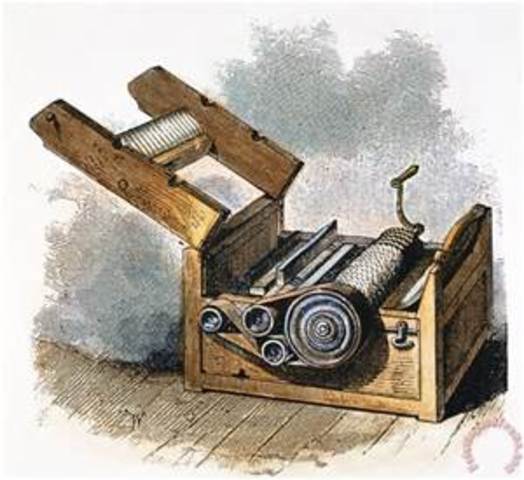
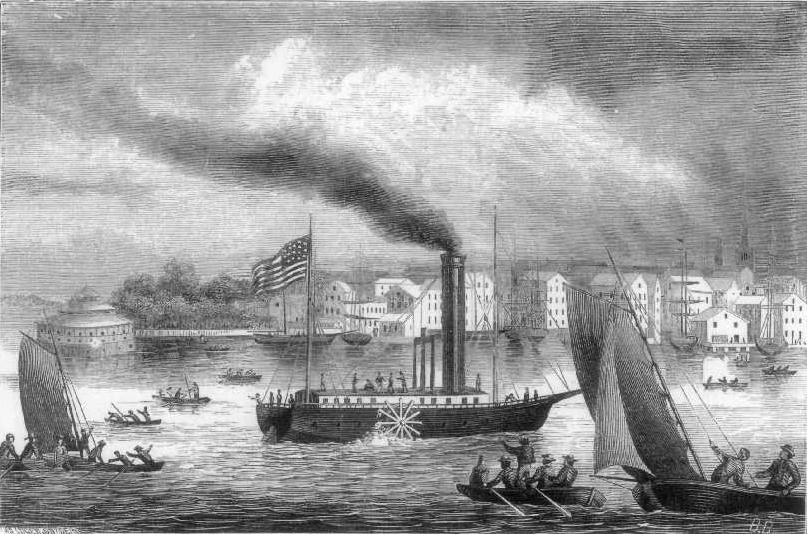

 Miles
H. Hodges
Miles
H. Hodges